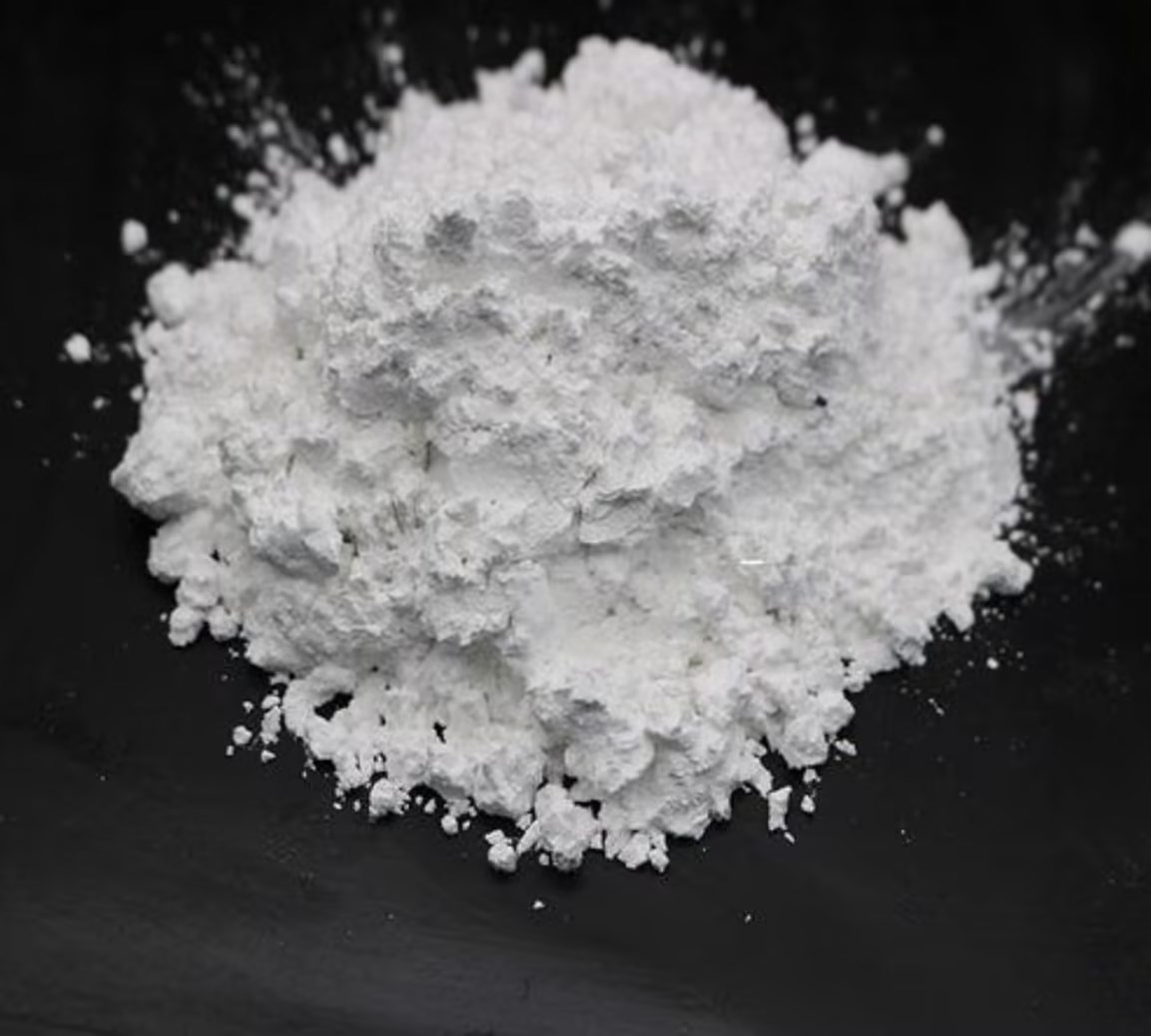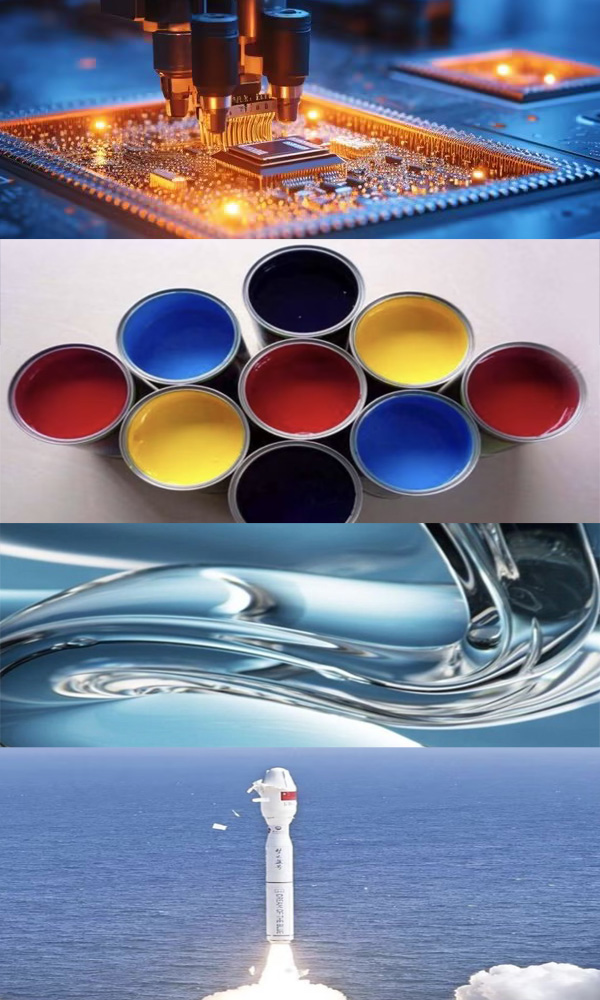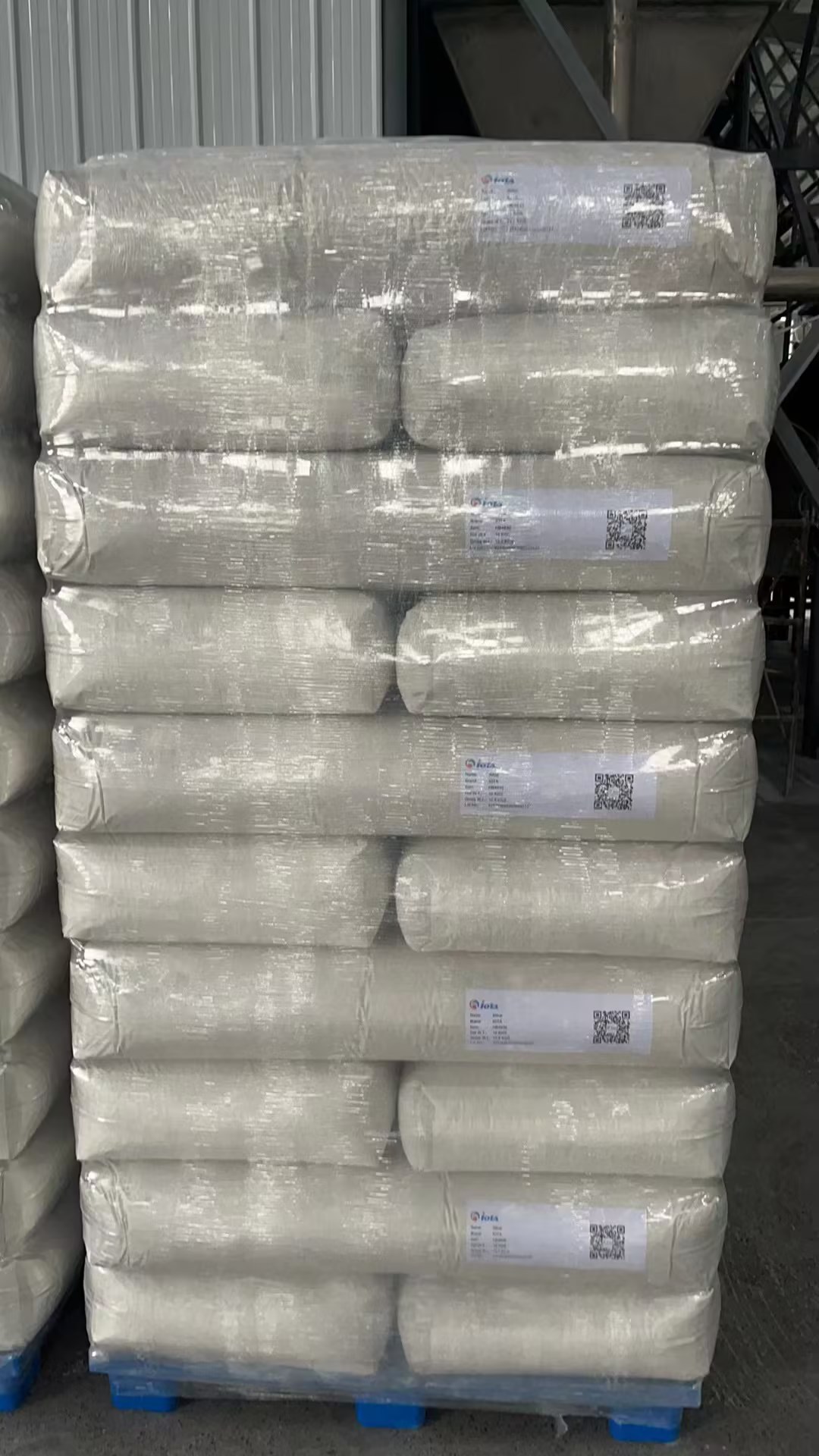In the field of inorganic nanomaterials, gas-phase white carbon black stands out from other inorganic nanomaterials due to its unique properties and wide range of applications. This article will compare and analyze the performance characteristics, application fields, and production costs of gas-phase white carbon black with other inorganic nanomaterials.
Comparison between gas-phase white carbon black and other inorganic nanomaterials
1、 Performance Characteristics Comparison
As a nanoscale inorganic raw material, gas-phase white carbon black has the characteristics of being loose, amorphous, non-toxic, tasteless, odorless, and pollution-free. Its small native particle size and large specific surface area make it exhibit excellent properties such as reinforcement, thickening, and thixotropy in materials. In addition, gas-phase white carbon black also has excellent insulation, extinction, and anti sagging properties, which make it widely applicable in the field of polymer industry.

Compared with other inorganic nanomaterials such as nano alumina and nano titanium dioxide, gas-phase white carbon black has significant advantages in particle morphology, specific surface area, and surface properties. Although inorganic nanomaterials such as nano alumina and nano titanium dioxide also have high specific surface area and excellent properties, their particle morphology often presents irregular shapes and surface properties are relatively complex, which may limit their applications in certain fields.
2、 Comparison of application fields
The application fields of gas-phase white carbon black are extensive, involving polymer industries such as rubber, plastics, coatings, adhesives, sealants, as well as multiple fields such as electronic packaging materials, resin composite materials, and sunscreen cosmetics. In these fields, gas-phase white carbon black can significantly improve the properties of materials, such as strength, wear resistance, rheological properties, etc., thus meeting various high-end application needs.
In contrast, although other inorganic nanomaterials also have application value in certain fields, they are often limited by factors such as particle morphology and surface properties. For example, nano alumina has excellent reinforcement effects in ceramic materials, but due to its irregular particle morphology, it may affect the processing performance and yield of ceramic materials; Nano titanium dioxide has a wide range of applications in the field of photocatalysis, but due to its complex surface properties, it requires special surface treatment to bond well with other materials.
 3、 Comparison of Production Costs
3、 Comparison of Production Costs
The production process of gas-phase white carbon black is relatively complex, requiring high-temperature hydrolysis and other steps, and the raw material cost is high, so its production cost is relatively high. However, due to its unique properties and wide range of applications, gas-phase white carbon black has high added value and competitiveness in the market.
Compared with other inorganic nanomaterials such as nano alumina and nano titanium dioxide, the production cost of gas-phase white carbon black may be slightly higher. However, considering its excellent performance and wide application prospects, the production cost of gas-phase white carbon black is acceptable compared to the economic benefits it brings. In addition, with the continuous advancement of production technology and the realization of large-scale production, the production cost of gas-phase white carbon black is expected to be further reduced.

In summary, gas-phase white carbon black has unique performance advantages and broad application prospects compared to other inorganic nanomaterials. Although its production cost is relatively high, considering its economic benefits and market competitiveness, gas-phase white carbon black is still an inorganic nanomaterial with broad development prospects.


